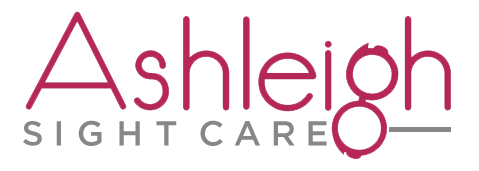Dry Eyes & Dry Eye Syndrome
Dry eye means that your eyes may not be making enough tears, that the tears which are being produced are of poor quality or that the tears that are produced evaporate away. The normal function of tears is to keep the surface of the eye wet and lubricated so any shortage of tears or reduction in their quality can produce a gritty, burning sensation of the eyes and can also disturb vision.
We can help if you have dry eyes or any eyelid problems – book an appointment with one of our Dry Eye consultant Optometrists…
Symptoms
The symptoms of dry eye syndrome may include:
- Dryness
- Burning, stinging or itching
- Gritty feeling
- Irritation from wind or smoke
- Blurred or smeary vision
- Styes
- Tired eyes
- Itchy eyes or lashes
- Red eyes
- Excessive watering
- Photophobia (sensitivity to light)
- Contact lens discomfort
What are the causes of Dry Eyes
Dry eye can be caused by a wide variety of everyday factors and include:
- Aging
- Blepharitis
- Dry environment and pollution
- Computer use
- Contact lens wear
- LASIK surgery
- Preservatives
- Hormonal changes, especially in women e.g. menopause
Dry eye may also be symptomatic of general health problems or disease e.g. people with arthritis are more prone to dry eye (Sjogren’s Syndrome = arthritis + dry eye + dry mouth)
Certain types of medications (anti-acne, some beta-blockers, oral contraceptives, antihistamines, diuretics, decongestants, alcohol & anti-depressants…) CAUTION: do not alter or adjust your prescribed medicines without discussing with your Doctor). Your optometrist or Doctor can advise of any known links between medicines and dry eye.
How is Dry Eye treated
In some cases patient’s symptoms can be relieved simply by altering the external influences above. Environmental factors can be helped by making simple changes – for example avoidance of dehydrating environments such as air conditioning; if your job involves lots of computer work take regular breaks to rest your eyes. Protecting the eye from dehydrating influences such as a cold wind by wearing spectacles or sunglasses may also help.
The best way to look after your eyes is in a regular cleaning and treatment regime that does not contain preservatives. Preservatives further aggravate the dry eye situation by further destroying the fragile natural oil base of the unstable tear film. For dry eyes, we recommend lid compress with a sterile heat source, such a heated Eyebag. This frees up blocked glands that produce the natural oils of the eyelids that the tear film needs for lubrication.
When the lower lid is encrusted or inflamed, many hospital eye departments and gps advise lid scrubs with the use of baby shampoo or bicarbonate of soda. This old remedy is NOT recommended by us, nor by NHS UK, who say “Do not use baby shampoo, as this is fragranced and can also make things worse.” We agree and recommend specifically-designed lid cleansers called Blephaclean pads or Blephagel, prescribed following an in-depth professional examination by our clinically qualified registered optometrists.
Tears must be distributed efficiently, replaced or conserved in order to provide relief. As dry eye syndrome is caused by an imbalance of tears on the eye’s surface the most logical way to treat the problem is to artificially replace the tears and by so doing improve both quantity and quality. Even a watery eye can be caused by the tears evaporating. This results in dry patches which the eye tries to correct by a flood of watery tears. Sometimes too much tear flow just needs better lubrication; think of a car engine with water in it, it will be wet but will not be well lubricated. There are a variety of artificial tears available from pharmacists – almost all of them containing preservatives – but we recommend only one type – Hyabak™ – because we know that it works and you will be advised the best option for your particular problem and how to use your treatment following a Dry eye assessment with our Dry Eye Clinical Optometrist.

